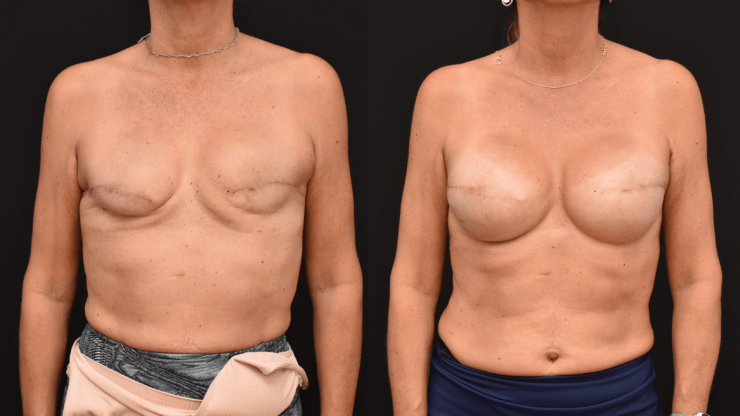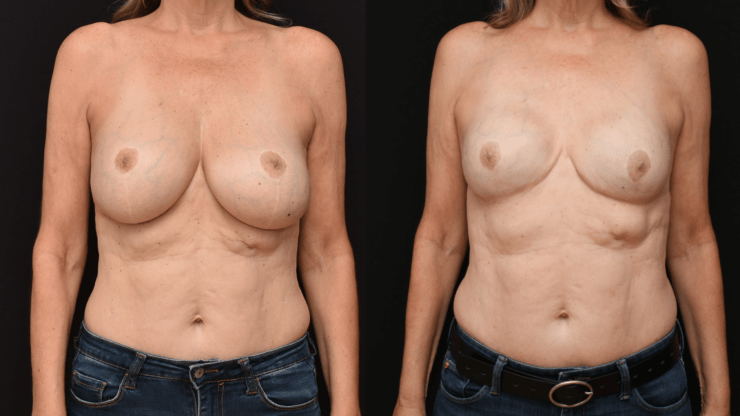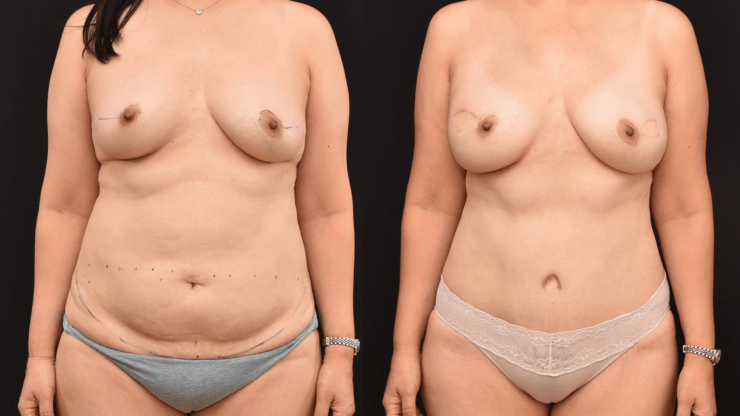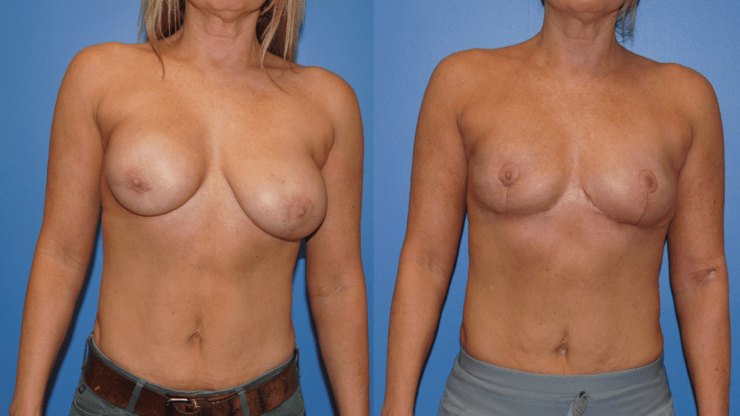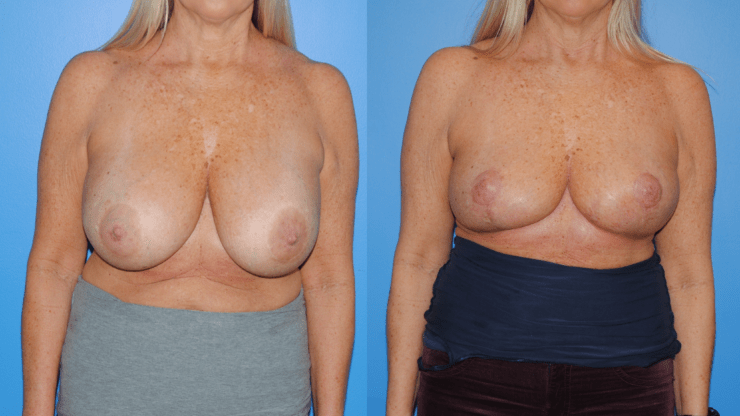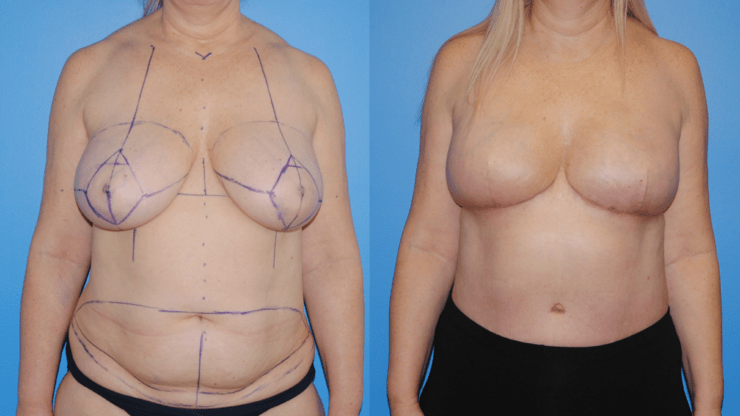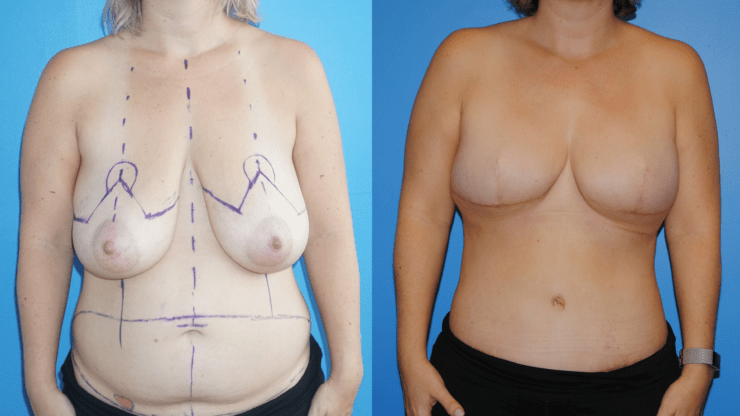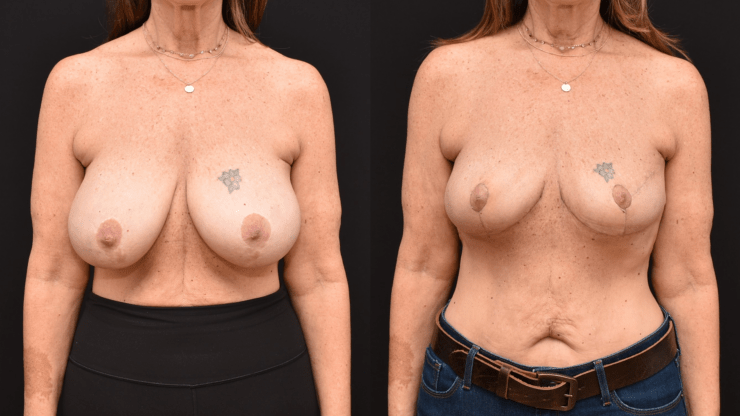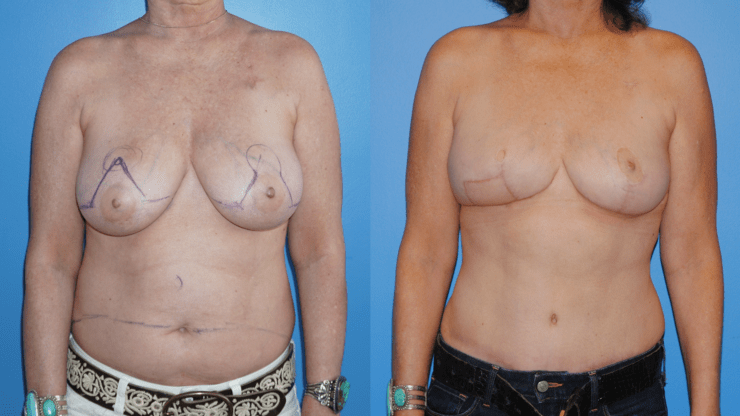It is important for patients with breast cancer to be patient when tissue expanders are in place. Tissue expanders are temporary and will be exchanged when implants are placed. Tissue expanders have a firmer silicone elastomer shell and are filled with saline during the expansion process. Tissue expanders help fill the dead space after a mastectomy and can help control…
